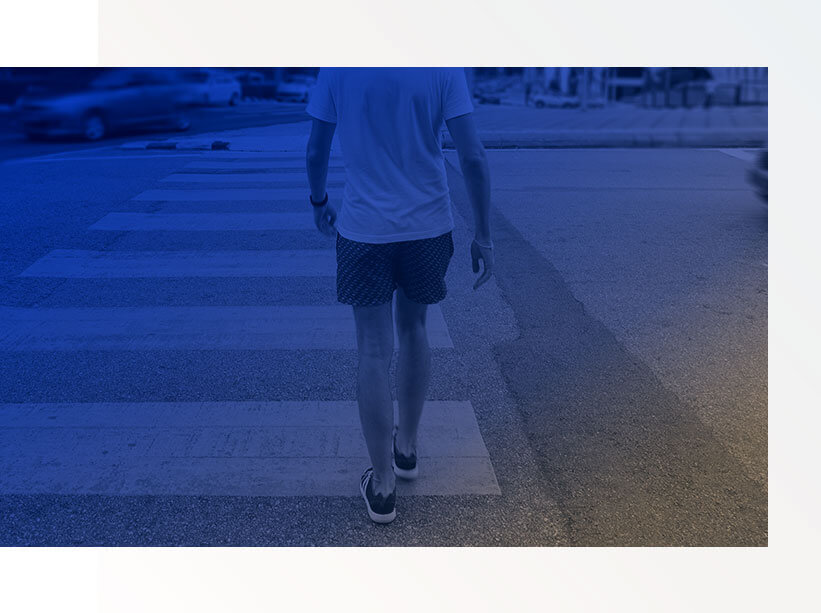
Who is at Fault if a Pedestrian Was Hit While Jaywalking?
Colburn Law
Posted in Pedestrian Safety on April 1, 2019

Car versus pedestrian accidents in Seattle often result in severe injuries for the pedestrian, who is no match for an object as large as a car. Pedestrians may choose to sue to pursue compensation for injuries caused by the accident. However, what if your car versus pedestrian accident occurred as you were jaywalking? Can you still file a lawsuit?
Does the Pedestrian Always Have the Right-of-Way?
Many people believe that the pedestrian always has the right-of-way in traffic. Likely, the fact that pedestrians often bear the brunt of the damages sustained in car versus pedestrian accidents led to the belief that drivers always bear fault for such accidents. While drivers must exercise due care when pedestrians are present, pedestrians only have the legal right-of-way in these situations:
- Traffic signals instruct pedestrians to walk
- The pedestrian is within a crosswalk
- The pedestrian crosses at an intersection, regardless of whether there is a marked crosswalk
In general, pedestrians have the right-of-way when crossing where a driver should expect to encounter pedestrians. Ignoring a traffic signal is against the law, as is crossing where not permitted or entering into a road that does not permit foot traffic. Pedestrians failing to follow the law may receive citations just as any driver who fails to follow the rules of the road.
Can a Jaywalking Pedestrian Still Sue?
If you broke the law and crossed a road illegally, contributing at least partially to an injury-causing accident, you will usually assume some of the responsibility for the accident. However, depending on the circumstances of the accident and the laws in the state in which the accident occurred, you may still receive partial compensation.
In states with contributory negligence laws, any fault on the part of the injured party bars that person from receiving damages as a result of their injuries; therefore, if you jaywalk and a driver hits you, you cannot receive damages for the accident. Other states have modified comparative negligence laws, which allow at-fault parties to receive compensation if they bear less than 50% of the fault in the case. Compensation remains a percentage of the fault assigned to the defendant.
Pure Comparative Negligence in Washington
Washington is a pure comparative negligence state, meaning that plaintiffs in a personal injury case may still receive compensation for injuries even if they partially caused the accident. For instance, if a pedestrian jaywalks but a speeding driver was not following the rules of the road hits the pedestrian, the courts may assign partial fault to both driver and pedestrian. Unlike modified comparative negligence states, Washington law allows you to receive partial compensation with no limits. Even if you are 90% at fault for the accident, the driver must compensate you for the portion of the accident that was his or her fault and is responsible for 10% of your damages.
Do I Have a Case?
If the driver who hit you could potentially accept partial fault for the accident, you may have a viable personal injury case. For example, if you believe the driver was speeding, texting, failed to obey a traffic signal, turned illegally, or performed any other maneuver that led to your accident, your jaywalking is not the only cause of the accident. The courts may assign a percentage of fault to the driver and require compensation of that same percentage of your damages.
As with any shared fault case, it is essential you speak with a personal injury attorney regarding the unique circumstances surrounding your case. An attorney can assist you in determining whether the driver shares fault and whether you should pursue a personal injury suit. Most personal injury attorneys work on a contingency fee basis so there is no risk in exploring your legal options.



